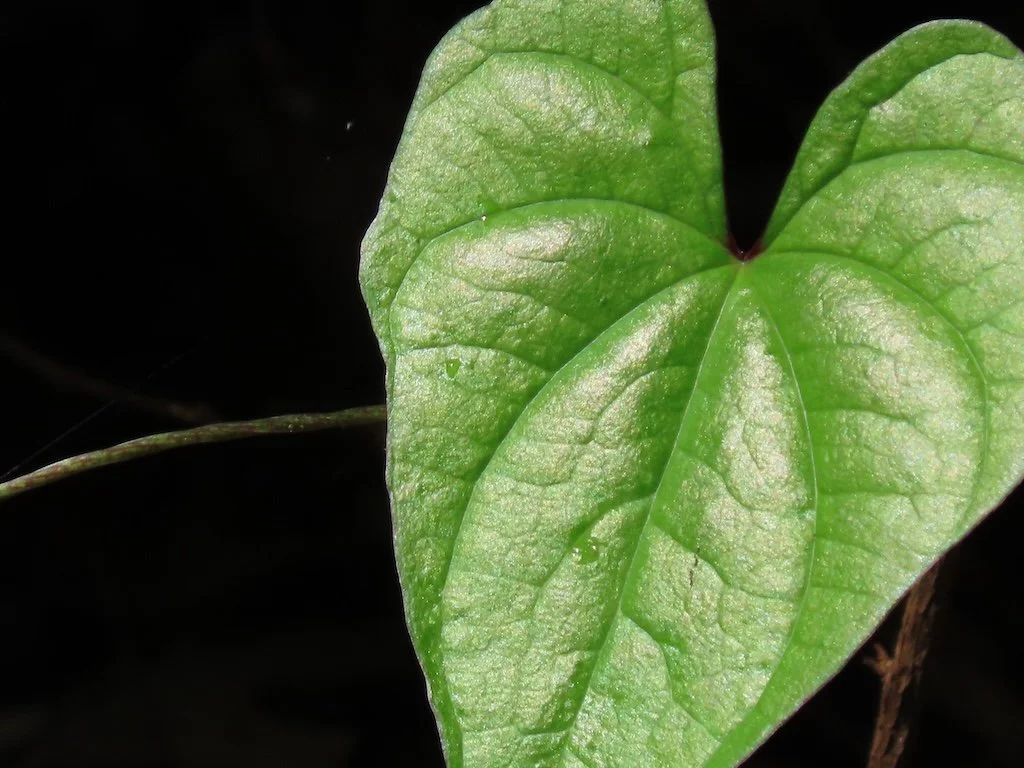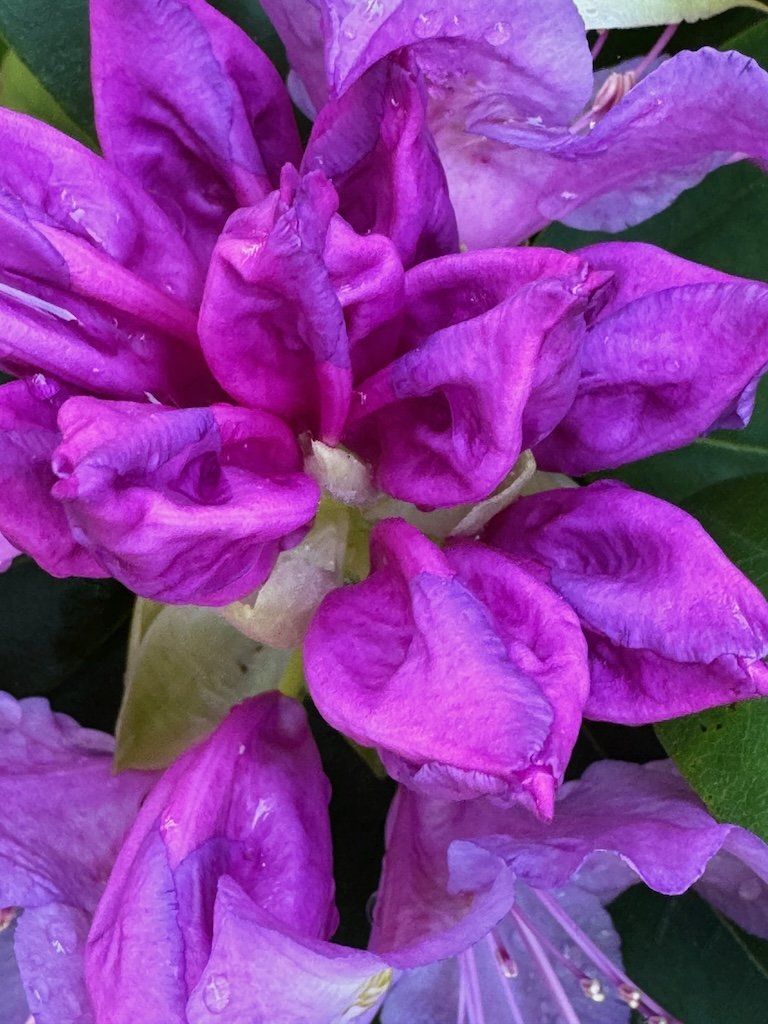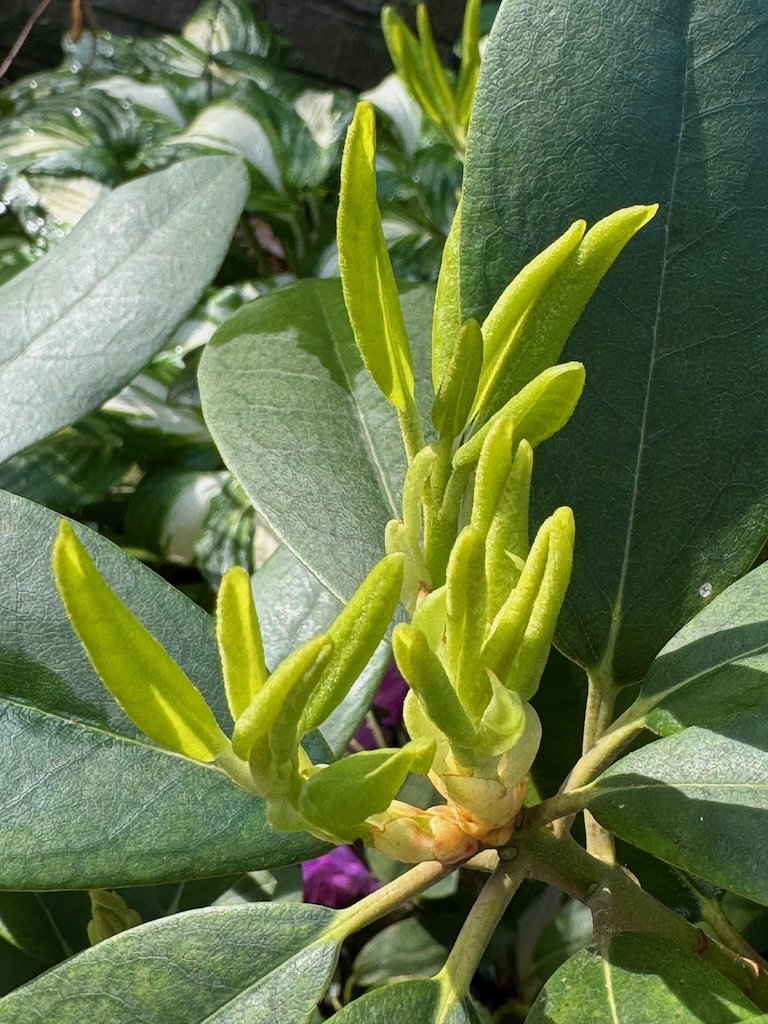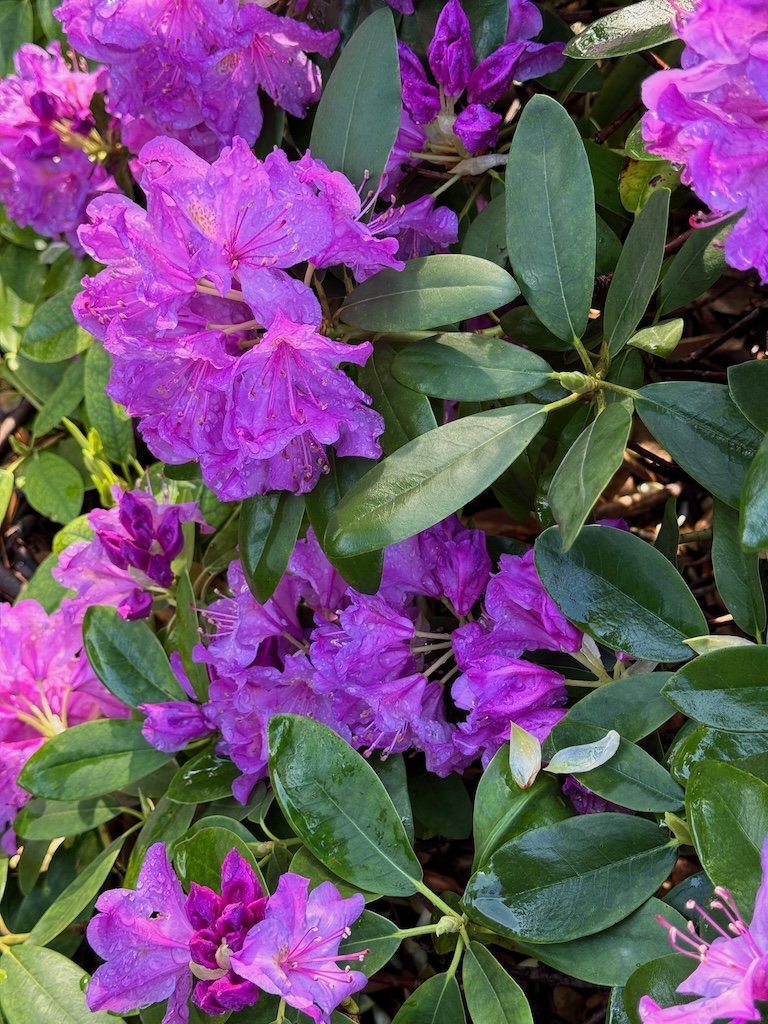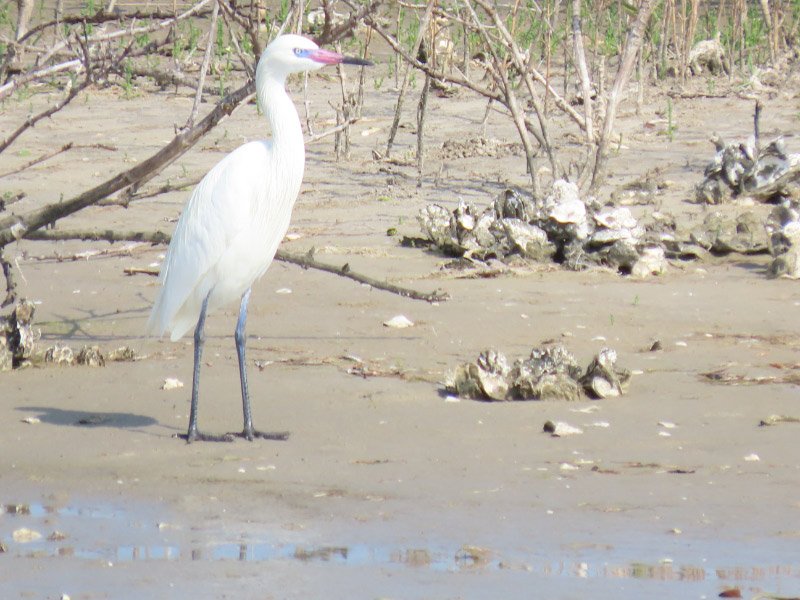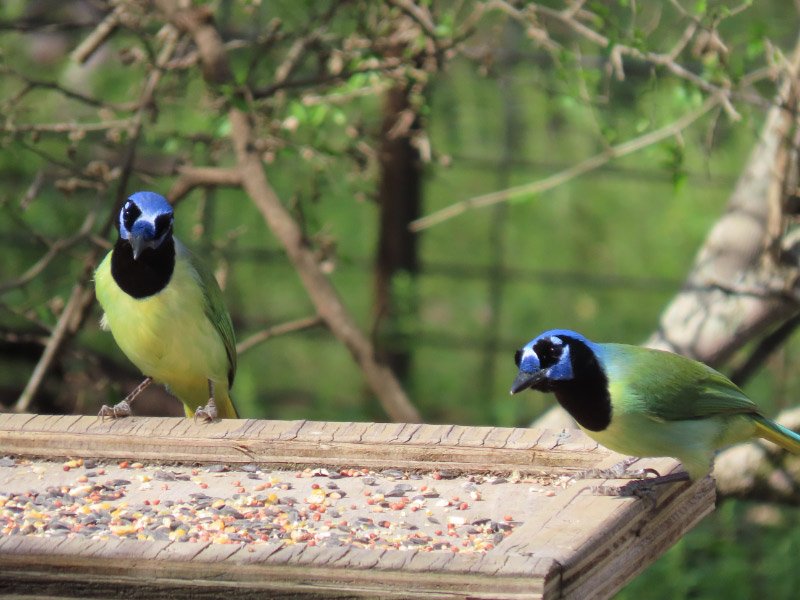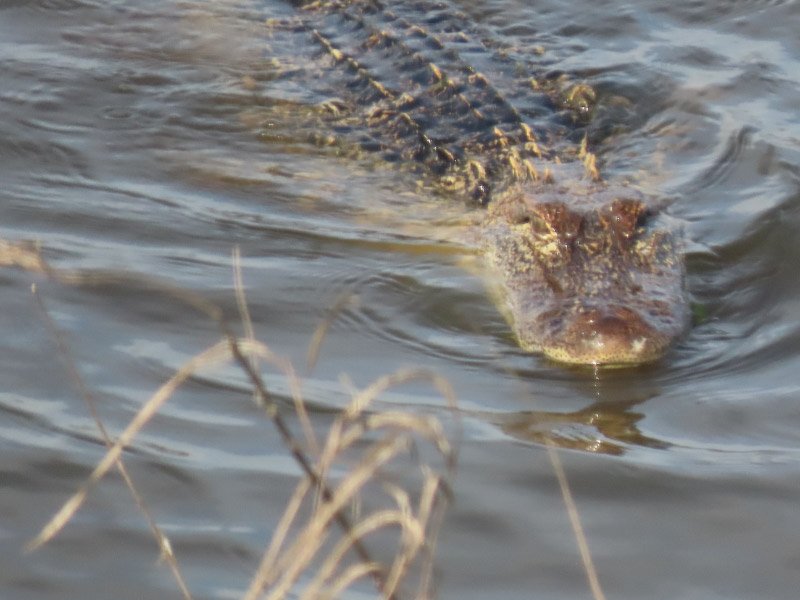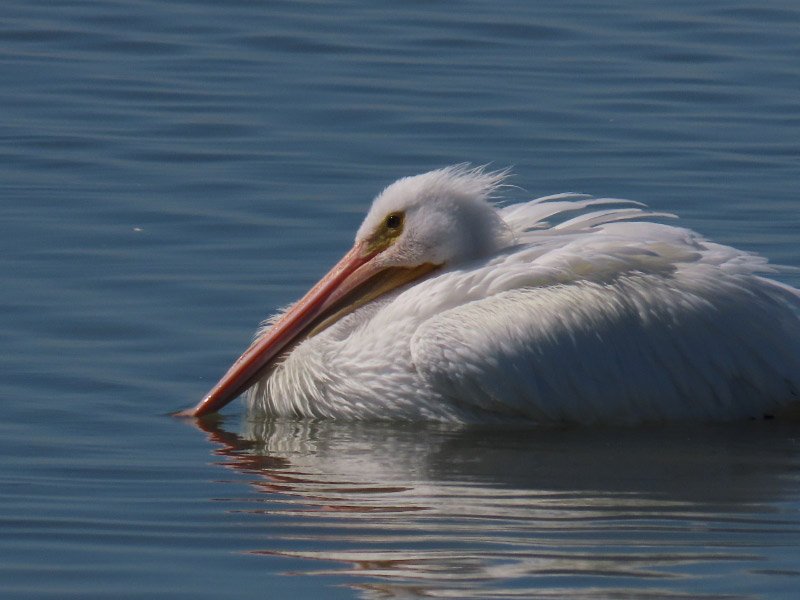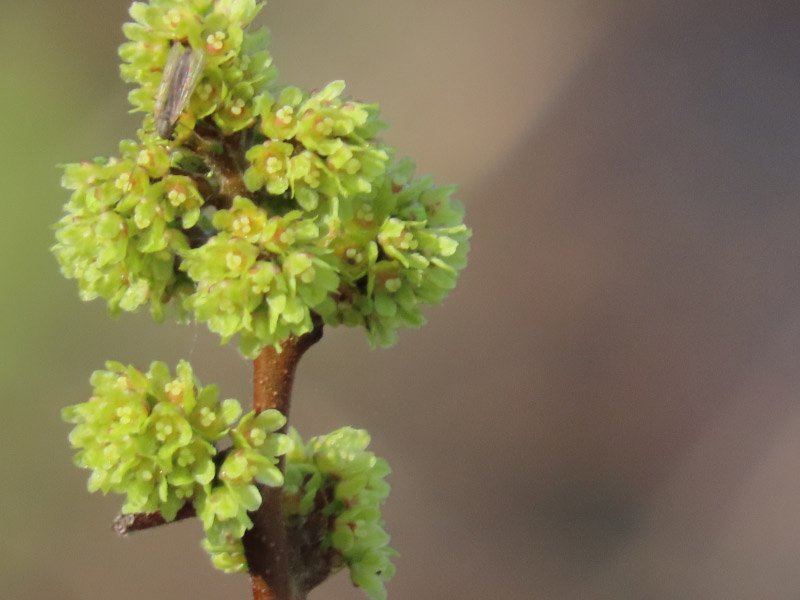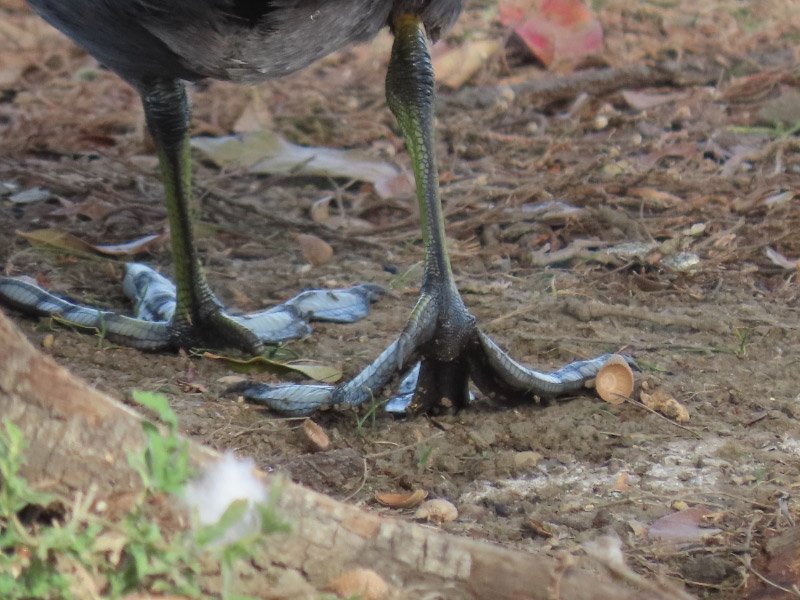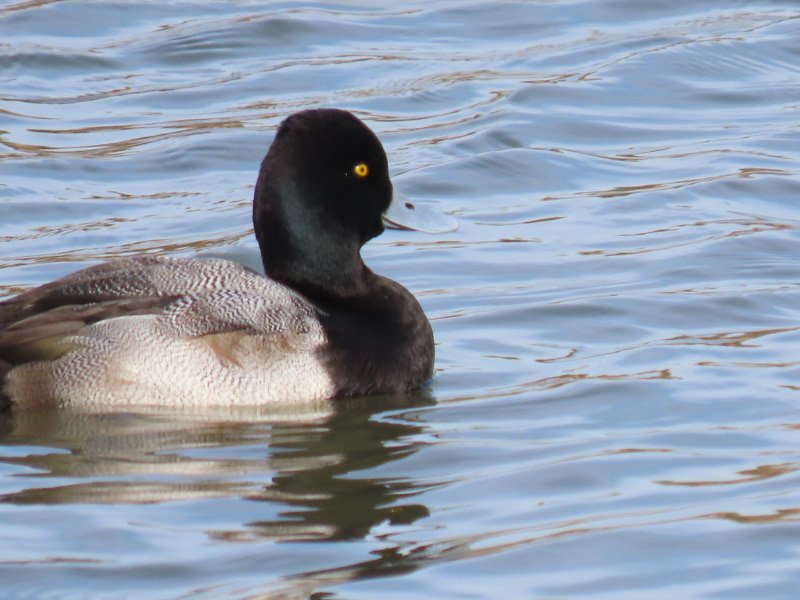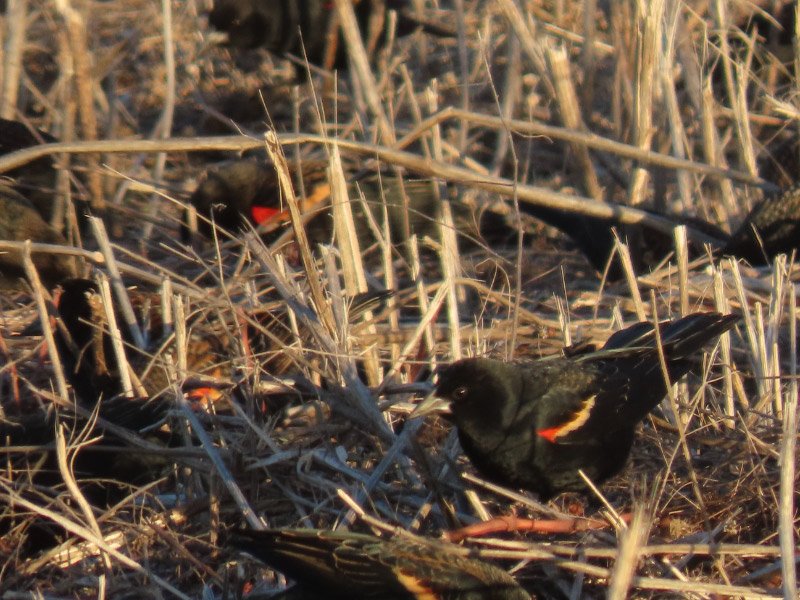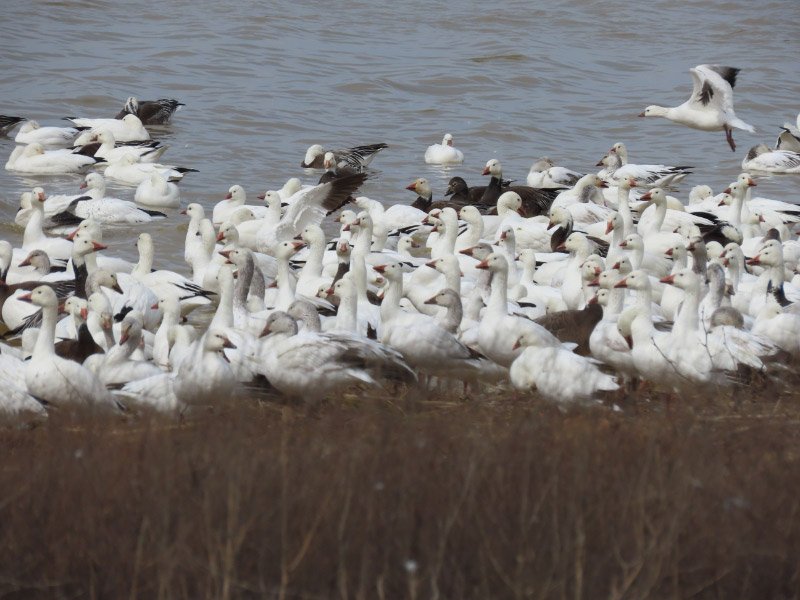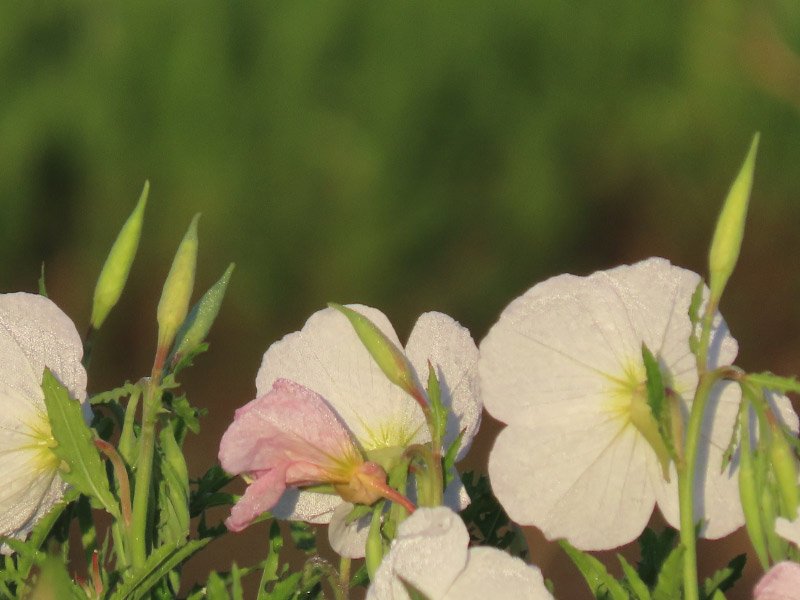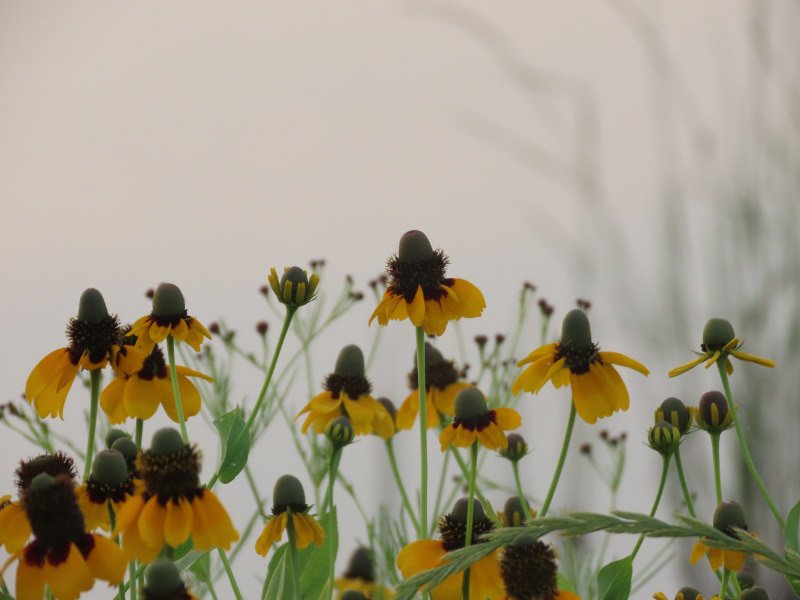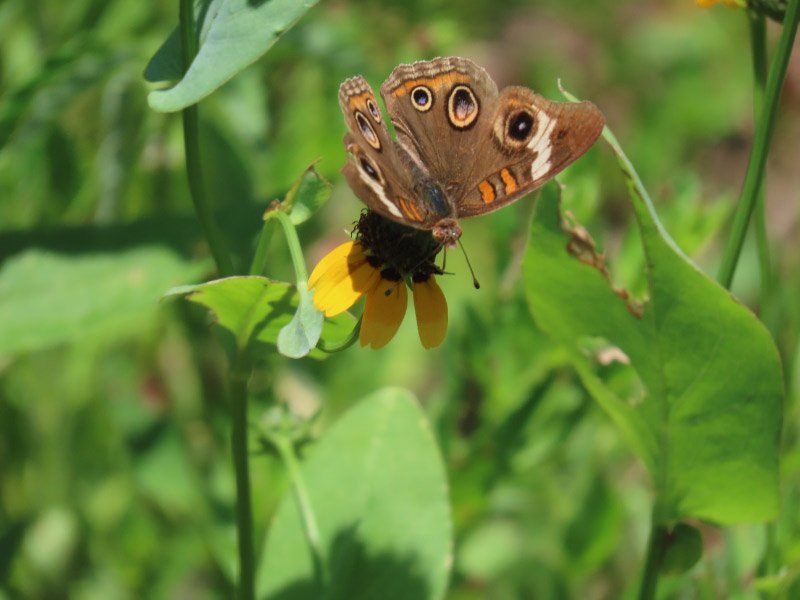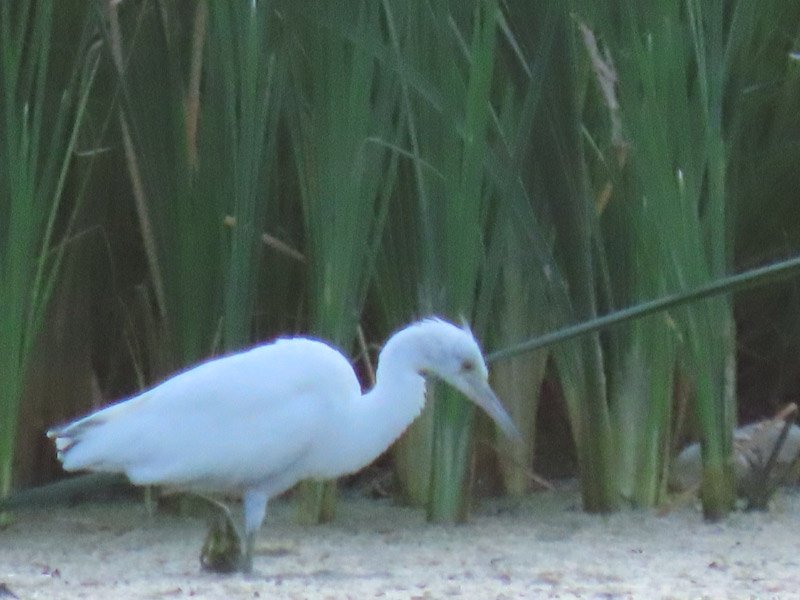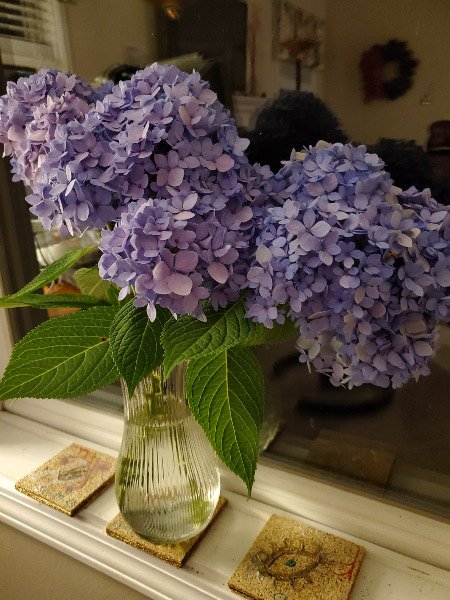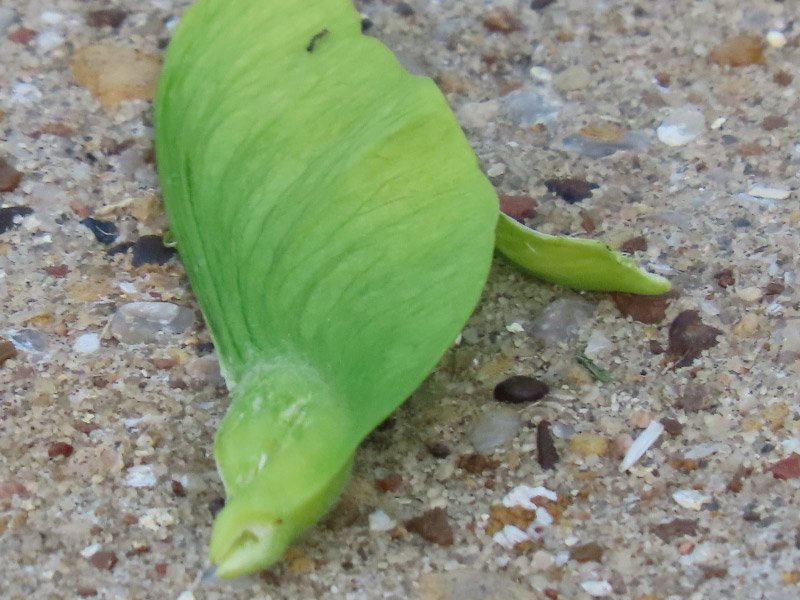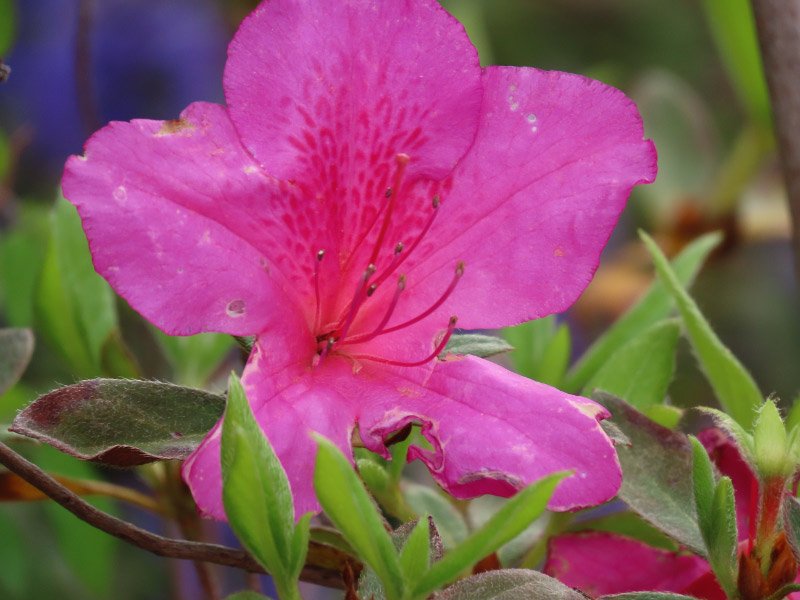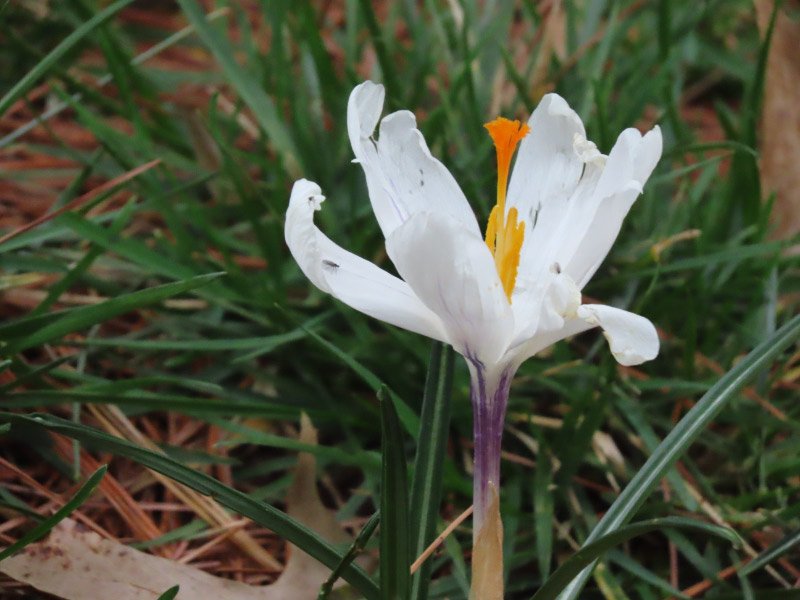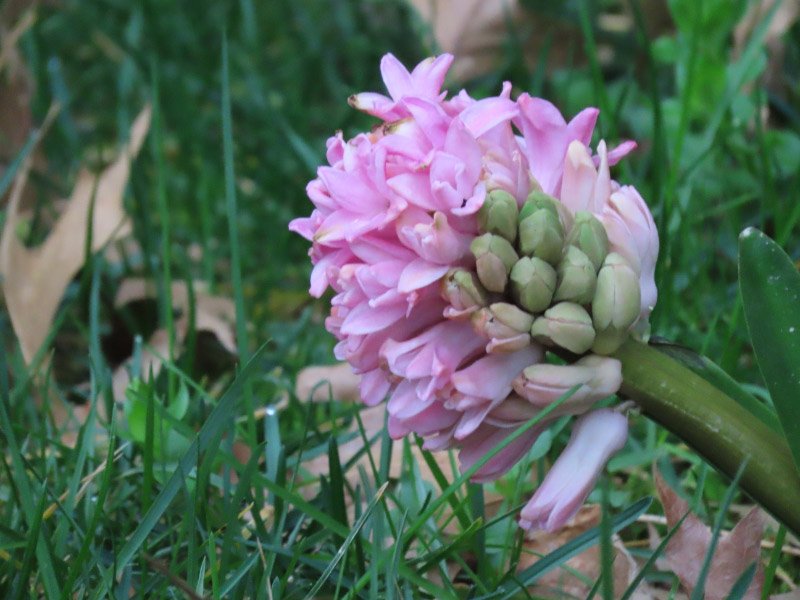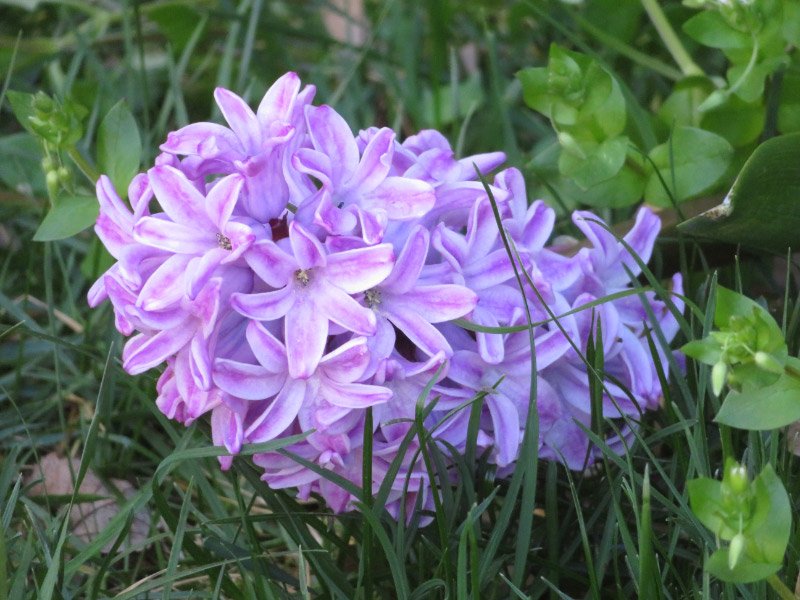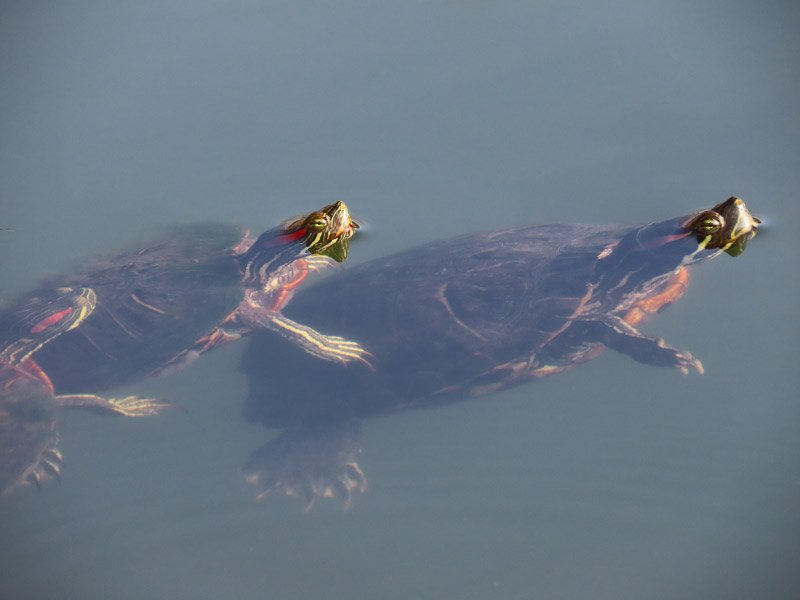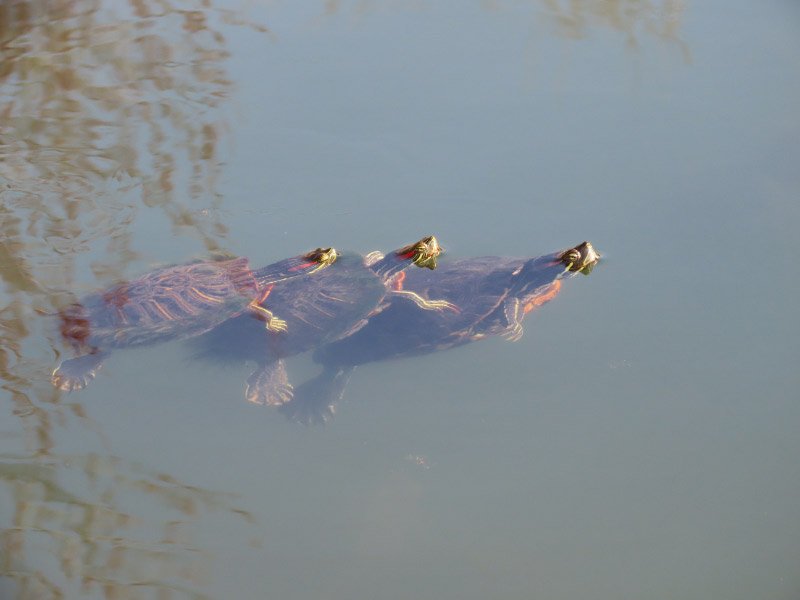The items below were ‘the cream’ of the articles and websites I found this past week. Click on the light green text to look at the article.
Nature's great survivors: Flowering plants survived the mass extinction that killed the dinosaurs – Ancestors of orchids, magnolia, and mint all shared Earth with the dinosaurs…and are thriving today.
Woman Uses Hidden Cameras to Get Candid Look at Birds in Her Backyard – Birds (and squirrel, chipmunk, and groundhog) at the food bowl.
Climate Change Hurting Water Quality in Rivers Worldwide – Cycles of heavy rainfall and drought are impacting water quality everywhere.
Large amounts of sedentary time linked with higher risk of dementia in older adults, study shows – The average American is sedentary for about 9.5 hours per day! This study found that the risk of dementia begins to rapidly increase after 10 hours spent sedentary each day for people over 60 years old, regardless of how the sedentary time was accumulated.
The puzzling link between air pollution and suicide - More than 700,000 people kill themselves worldwide every year, according to the World Health Organization (WHO). People in the US might be particularly troubled to learn that the suicides here have increased by around 40% over the past two decades….and the nation now has one of the highest rates of wealthy, developed countries. Suicide disproportionately affects men. In the US, around 80% of suicides last year were male. More research is needed to understand the link between air pollution and suicide…but we already know that "tiny, invisible particles of pollution penetrate deep into our lungs, bloodstream and bodies…and are responsible for about one-third of deaths from stroke, chronic respiratory disease, and lung cancer, as well as one quarter of deaths from heart attack."
Archaeologists discover 1,000-year-old mummy in Peru – Long hair still preserved.
Older adults with digestive diseases experience higher rates of loneliness, depression - While life expectancy rates for older Americans are rising, nearly 40% of adults report living with a digestive disease of some kind.
A Chronic Itch: Burrowing Beneath the Skin - Approximately 20% of people suffer from chronic itch, which is medically defined as an itch lasting greater than six weeks. For many, there is no relief. Itch has historically been one of the most overlooked medical symptoms, reflected in the limited available treatment options, most of which have only been discovered recently.
Puffins Are Making a Comeback in Maine - The fifty-year effort that helped puffins rebound in Maine is cause for celebration!
Capturing carbon in savannas: new research examines role of grasses for controlling climate change - Grasses accounted for over half of the soil carbon content across tropical savannas, including soils directly beneath trees. In general, forests primarily store their carbon in the woody trunks and aboveground leaves. In contrast, a significant portion of carbon in grassy ecosystems, such as savannas and grasslands, is stored in the soil, primarily within the extensive root systems of the grasses as well as decaying organic matter. In the context of long-term carbon storage, carbon retained in soils proves to be more reliable, particularly for a vulnerable future marked by warming and increased likelihood of drought and wildfires.







































